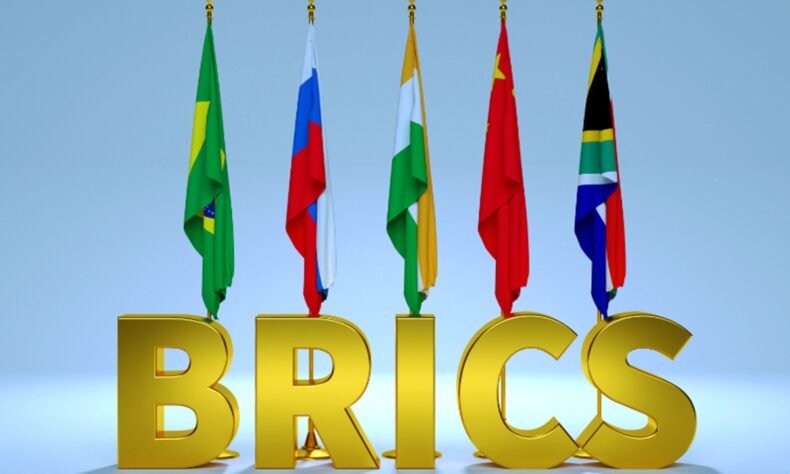Iran has applied to become a member of the BRICS. Given the fact, that Iran holds the world’s second-largest gas reserves. This sudden and unexpected move is expected to reshape the discourse of trade and international relations.
Iran’s induction into the BRICS bloc, “would result in competitive benefits for both ends of the spectrum,” an official from Iran’s foreign ministry said.
Argentina has also applied for BRICS membership, according to Maria Zakharova, Russian Foreign Ministry Spokeswoman. However, they could not reach the Argentinian officials for their comments.
Argentina’s President, Alberto Fernandez, who is presently in Europe, has recently restated Argentina’s intention to join the BRICS.
The US and other Western nations vowed unshakable support for Ukraine on Monday after 28 civilians died in a series of Russian attacks, including a missile strike on a packed retail mall.
Earlier, on June 23, 2022, the European Council granted Ukraine the status of candidate for membership in the European Union.
After 28 civilians were killed in several Russian attacks, including a missile strike on a crowded shopping center, the United States and other Western countries vowed on Monday to back Ukraine no matter what.
Long seeking stronger connections with South America, Asia, and the Middle East, Russia has recently stepped up those efforts in response to sanctions placed on it by the European Union, the United States, and other nations due to its invasion of Ukraine.
“While the US was pondering what else to turn off, outlaw, or spoil in the world, Argentina and Iran requested to join the BRICS,” Zakharova said.
BRICS at a glance
The BRICS are not a formal alliance, but rather an emerging global grouping aimed at increasing the influence of developing economies in larger international organizations such as the International Monetary Fund and the World Bank.
On a national and international scale, the BRICS nations—Brazil, Russia, India, China, and South Africa—are the top developing economies and political forces.
Jim O’Neill, who was the chairman of the influential US bank Goldman Sachs at the time, is credited with creating the term BRIC.
The abbreviation at the time, BRIC, was for Brazil, Russia, India, and China exclusively, and it was used to emphasize the extraordinary role of these remarkable rising economies. High growth rates, economic potential, and demographic advancement were noted as factors that will further advance BRIC. Additionally, it was suggested that their inclusion in the G7 should represent their greater relevance (O’Neill 2011).
The four nations first got together as a group in 2006, but it wasn’t until 2010 that South Africa received an invitation to join what was then known as BRICS.
Five of the major emerging nations in the world are represented by the BRICS, accounting for 16% of global trade, 24% of the global GDP, and 41% of the world’s population. The presidency of the forum is rotated among the members every year, using the abbreviation B-R-I-C-S. See here.
China is the largest economy in the BRICS alliance. It accounts for more than 70 % of the collective economy of the group.
According to IMF figures, India accounts for approximately 13%, with Russia and Brazil each account for roughly 7%.
Way forward
Iran may anticipate assistance from the other members for its entrepreneurs from a variety of trades and industries to help them compete in both domestic and international markets.
It will also get to connect with international trade associations, counselors, embassies, and partner groups.
Furthermore, it can get assistance in the establishment of offices, businesses, and branches through legal means, including arbitration, mediation, and other forms of alternative conflict resolution.
The BRICS is not a formal alliance, but rather an emerging global grouping aimed at increasing the influence of developing economies in larger international organizations such as the world bank and the International Monetary Fund (IMF).
Iran has long advocated deeper connections with “the East,” referring to China and Russia while continuing nuclear and ballistic missile programs viewed as threats by the US and many neighboring countries.












